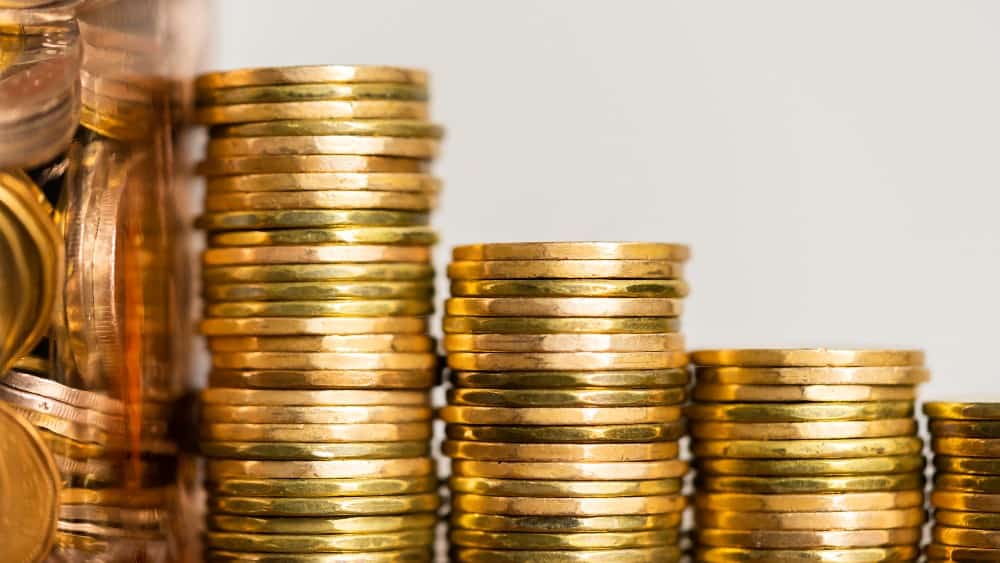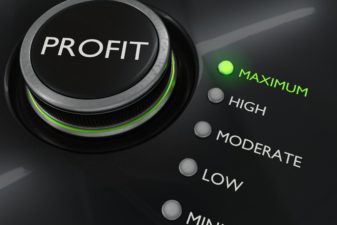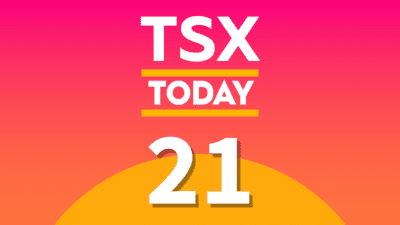How much money can you make from dividend stocks?
In a way it’s an unanswerable question. The amount you can make depends on the yield and dividend growth of the dividend stocks you personally invest in. A stock that yields 2% today could yield 10% in a few years, or vice versa. While financial data platforms list dividend yields as if they’re some fixed characteristic, the truth is that yields change all the time.
It’s even possible for a dividend stock to turn into a non-dividend stock; boards are under no obligation to declare dividends. So, what really matters isn’t a stock’s yield today, but where the yield goes tomorrow. With that in mind, here’s how much money you can make from a dividend stock when you factor in dividend growth and reinvestment.
The power of reinvestment
If dividends never changed and you couldn’t re-invest, it would be very simple to figure out how much you can earn from a dividend stock. A $100 stock with a $5 dividend, delivers a return of $5 + the capital gain each year. So, if the stock went up 20% in one year, you’d have a $25 return ($20 gain + $5 dividend), or 25% of the initial amount.
That seems simple enough. But in reality, we have to factor in three things:
- Dividends do change.
- Stock prices change.
- You can reinvest your dividends.
So, to really know how much you can make from dividend stocks, you need to factor in dividend growth and reinvestment. The way you do this is:
- Find the value of the initial block of shares at the end of the holding period.
- Calculate how many shares are purchased through reinvestment (this may increase due to dividend growth).
- Find the value of the newly acquired shares at the end of the holding period.
- Sum the end value of the original lot plus the value of the new shares at the end of the holding period.
- Subtract the initial amount from this value, then divide by the initial amount.
This will give you the percentage change with reinvested dividends. In other words, the holding period return. If you work through the calculations above for a stock that costs $100 with a $5 dividend over 10 years, where the stock price and dividend payout both go up 5% per year, you get a 10.25% annualized return. Without reinvestment, you’d only get an 8.63% return.
A stock that could produce those results
As the above calculations show, you can dramatically increase your return through dividend reinvestment, particularly if the dividend grows over time. Not all stocks grow their dividends over time. But some do.
Consider Enbridge Inc (TSX:ENB)(NYSE:ENB) for example. Over the last five years, it has grown its dividend by about 9% per year. And its stock yields 7% today. With that kind of yield and dividend growth, you can easily maximize your return through reinvestment. Unfortunately, Enbridge actually has a negative capital gain over the last five years, so the return you would have gotten if you’d bought this stock would have come entirely from dividends. There are more modest yielding stocks, like banks, that have delivered dividend growth and capital gains all in one package. So, the return-boosting potential of dividend growth is very real.










